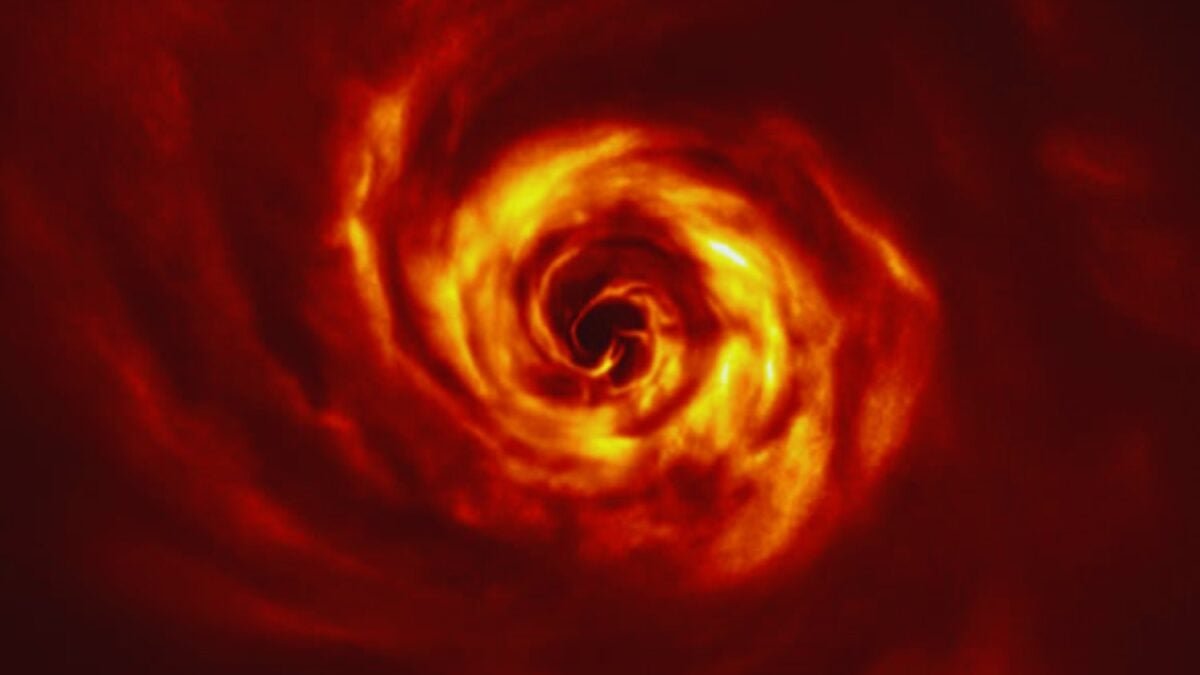Planet Four Times Larger than Jupiter Being Born in Real Time

Life in the Universe is measured in moments that allow us to peek into cosmic processes that normally escape our temporal scale. This time, telescopes have witnessed something extraordinary: a giant in the making in AB Aurigae b, at a colossal distance from its star, as if nature wanted to show a different method of building worlds.
A Giant in Gestation in AB Aurigae b
Using the Atacama Large Millimeter/submillimeter Array (ALMA) in Chile, an international team led by scientists from the Center for Astrobiology of Japan detected the unmistakable footprint of an ongoing accretion process. AB Aurigae b, with a mass four times greater than Jupiter, shows hydrogen emissions that reveal how hot gas spirals down onto its surface in the midst of its formation stage.
Signs in the Spectrum and Minimum Cosmic Ages
The recorded light reveals gas traveling towards us at about 100 km/s and another gas moving away at 75 km/s, a choreography of movements that betrays the fall of material. Unlike other young planets, AB Aurigae b is not located in a clean gap in its disk, but still immersed in the cradle that saw its birth.
What Challenges Classic Models
According to traditional paradigms, giant planets are formed by the slow accumulation of solid cores that attract gas from their surroundings. But AB Aurigae b, so far from its star, probably emerged in a different way: the direct collapse of dense regions of the disk under its own gravity.






